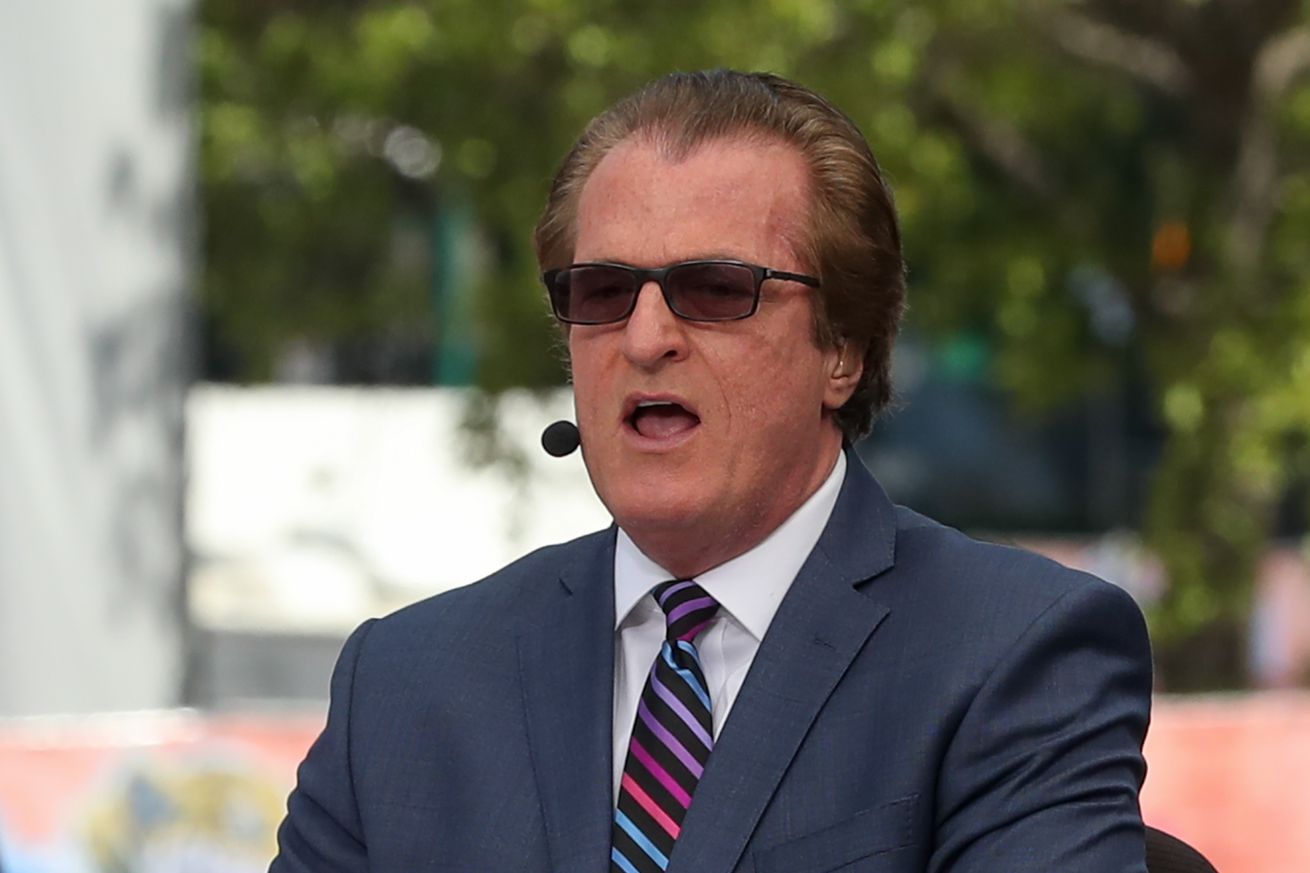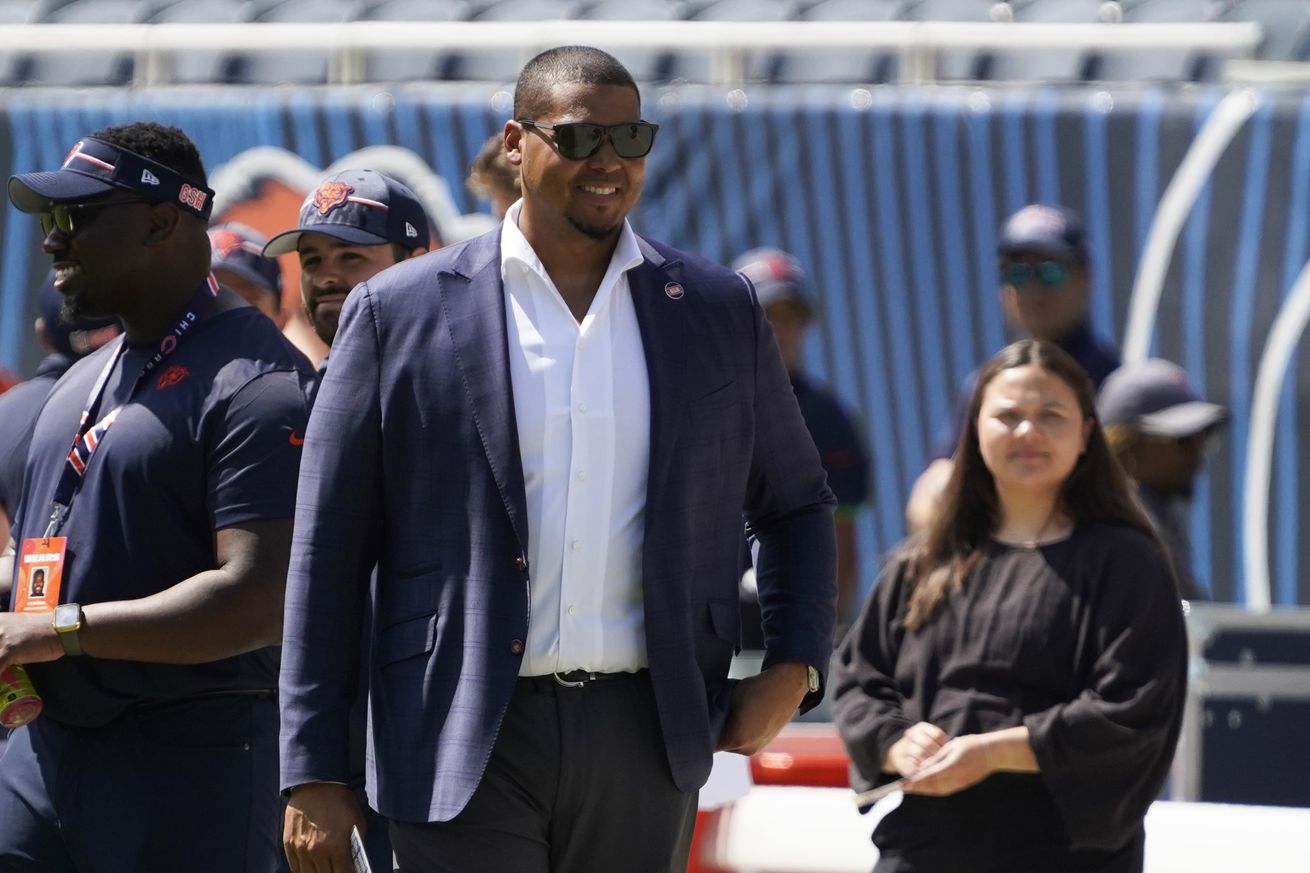In late January, I took a look at some of the Athletics’ options in what’s a generally crowded mix of rotation possibilities. Calling it a true logjam or crunch might overstate things a bit, as those monikers are typically more appropriate when there are more established players than there are spots to go around. For the A’s, it was more a matter how they can divide up the innings among a wide variety of unproven names.
Similar questions persist in the outfield, where Oakland has one lock for playing time and otherwise a carousel of names who could rotate through the remaining spots. Ramon Laureano is a fixture in the outfield and will continue to be through much of the season’s first half, at least (health-permitting). Laureano can play all three spots but has been better in right field than in center recently. He’s coming off a disappointing .211/.287/.376 batting line in 2022, but from 2018-21 he slashed .263/.335/.465 while playing quality defense.
Were it not for injuries and an 80-game PED suspension derailing Laureano’s trajectory, he might already have been traded by now. The A’s have gutted the rest of the roster while embarking on their latest rebuild, but Laureano is one of the few remaining veterans. Trading him this offseason would’ve been selling low, but it’d only take a couple months of productive ball to restore some of the 2018-21 shine. With a good showing in April, May and June, expect Laureano to be among the more talked-about trade candidates on the summer market.
Because of that, he should be penciled in for full-time at-bats in the outfield. It seems likely that’ll come more in the corners than in center, but whatever form it takes, Laureano’s going to be out there every day.
As far as the rest of the outfield is concerned, things are far murkier. Let’s take a look at who’ll be vying for playing time…
On the 40-man roster
Cristian Pache, 24, RHH, no minor league options remaining
Pache’s lack of minor league options and lack of production in either Triple-A or the Majors make him the most confounding player of this group. He’s still just 24 years old, is considered to be an elite defender, and as recently as the 2020-21 offseason was considered to be among the 20 best prospects in all of baseball. Pache’s bat simply hasn’t developed, however, evidenced by a disastrous .156/.205/.254 batting line in 332 MLB plate appearances and an ugly .248/.298/.389 showing in Triple-A last season. Pache posted five Defensive Runs Saved and eight Outs Above Average in only 646 innings last year. He’s one of the best defensive players in the game but currently one of its worst hitters. The A’s can’t send him down without exposing him to waivers, and the glove alone would probably get Pache claimed. At the same time, it’s hard to keep trotting him out there with such an anemic batting line. Giving up on Pache as an everyday player and relegating him to a bench role is also unpalatable, though, given his youth and the fact that he was one of the key pieces in the trade that sent Matt Olson to the Braves. The A’s have to hope Pache can somehow develop his offensive approach at the big league level, and if he can’t, he could eventually force them into a tough decision. A big spring could also position him as a trade candidate; manager Mark Kotsay candidly admitted last month that Pache could be “showcasing himself for 29 other teams.”
Esteury Ruiz, 24, RHH, two minor league options remaining
The Pache dilemma is exacerbated by the fact that the A’s acquired another potential center fielder in this offseason’s Sean Murphy trade. The 24-year-old Ruiz stole a whopping 86 bases in 2022 and is considered among the fastest players in the sport. Like Pache, he has the potential for plus range in center, though scouting reports are far more bullish on Pache’s instincts and overall defensive prowess. There are some similar red flags with Ruiz’s game, though his minor league numbers are a sight to behold. He hit .332/.447/.526 in 541 plate appearances between Double-A and Triple-A last season, but Ruiz also posted bottom-of-the-scale exit velocity and hard contact numbers. His lack of hard contact can be somewhat erased by what’ll surely be plenty of infield hits, but there are questions about how impactful his bat and glove can be at the game’s top level. He’s ready for a look right now, but playing time will depend on how the A’s view Pache and, quite likely, their other offseason outfield acquisition. Speaking of which…
JJ Bleday, 25, LHH, three minor league options remaining
Acquired in a straight-up swap for reliever A.J. Puk, Bleday is a former No. 4 overall draft pick whose prospect star has dimmed in recent years as he’s struggled throughout the minors. The Marlins have spent several years in search of an everyday center fielder and still don’t have one, yet they were content to trade Bleday for a controllable bullpen piece. Scouting reports on Bleday peg him as more of a left fielder, and clearly the Marlins agree, or else they wouldn’t have moved on. Bleday has above-average raw power, but he strikes out and pops up too often in trying to get to it in a game setting. He’s a career .225/.337/.409 hitter in the minors, and his strikeout rate has risen at every level, topping out at 27% in Triple-A last year and 28.2% in his 238-plate appearance MLB debut. Bleday took 605 PAs between Triple-A and the Majors last season and, in addition to 166 strikeouts, he popped up a staggering 33 times. That’s an automatic out in nearly one-third of his plate appearances. The A’s can offer some new coaching perspective, so perhaps they can unlock something in Bleday that the Marlins couldn’t, but so far the results on Bleday haven’t come close to aligning with his draft status.
Seth Brown, 30, LHH, two minor league options remaining
Because Brown has spent so much time at first base and in right field (688 innings apiece), it may be a surprise to many that he’s also logged 141 innings in center. He’s not a great option there, but Brown can handle the spot in a pinch and can cycle through all three outfield spots, first base and designated hitter. He’ll have free-agent signee Jesus Aguilar and Oakland’s Rule 5 pick Ryan Noda (more on him in a bit) competing for time at those positions, however, so Brown could see a fair bit of outfield work. The 30-year-old Brown smashed 25 home runs last year and stands as one of the team’s primary power threats. Virtually all of his MLB production has come against righties, which leads to some easy platoon maneuverings. Brown will be arbitration-eligible next winter, and if he continues bashing righties in the first half, he’ll join Laureano on the trade market.
Tony Kemp, 31, LHH, cannot be optioned without his consent (five-plus years of service time)
One of the team’s elder statesmen at just 31 years of age, Kemp is another likely summer trade candidate. He’s spent more time at second base than in left field over the past few seasons, but he’s played both with a fair degree of regularity. Oakland’s signing of Aledmys Diaz could cut into his time at second base, though. Kemp, like Brown, is a better hitter against righties, though the split isn’t as glaring in his case. He should be out there regularly to begin the season, but the presence of Diaz and looming prospect Zack Gelof feels like it’ll eventually lead to a trade, so long as Kemp is playing reasonably well.
Aledmys Diaz, 32, RHH, cannot be optioned
The A’s needed to spend some money this offseason, and luring free-agent bats to a last-place club in a cavernous home park can’t be easy. They paid up on a pair of multi-year deals for versatile infield/outfield veterans Diaz and Jace Peterson (the former of whom seems ticketed for regular work at third base). Diaz can act as a left-handed complement to Kemp at second base, mix in at all four infield slots and will probably also see occasional time in left field and at designated hitter. He’s making more than $7MM this season, which is a sizable sum by Oakland’s standards, so expect him to play fairly regularly.
Ryan Noda, 26, LHH, cannot be optioned (Rule 5 Draft pick)
Noda will need to earn his way onto the roster, but he’s a first base/corner outfield slugger who was blocked in Los Angeles by names like Freddie Freeman, Mookie Betts and J.D. Martinez. With the A’s, there are no such roadblocks to playing time, and he’ll get the chance to prove his career .894 OPS in the minors, including a .259/.396/.474 showing in Triple-A Oklahoma City last year can carry over to the big league level, to some extent. Noda, 27 later this month, has nearly twice as much first base time as he does corner outfield time in his pro career, but the A’s grabbed him for his bat, and he’ll get chances against righties so long as he earns a spot this spring.
Conner Capel, 25, LHH, two minor league options remaining
Capel posted a respectable .264/.364/.422 slash in Triple-A between the Cardinals and the A’s (who claimed him off waivers from St. Louis) in 2022. A 40-plate appearance cup of coffee in Oakland resulted in an eye-popping .371/.425/.600 slash late in the season, though a .423 average on balls in play in that tiny sample had plenty to do with it. Capel’s minor league track record is more solid than standout, but he’s on the 40-man roster and will try to hit his way into an Opening Day roster spot, even if he doesn’t share the recent production and/or prospect pedigree of some of his competitors.
Cal Stevenson, 26, LHH, two minor league options remaining
A thrice-traded former 10th-round pick, Stevenson turned heads with a .322/.413/.529 output in Triple-A last year — his first season in the A’s organization. That came on the heels of his inclusion in the trade sending Christian Bethancourt from Oakland to Tampa Bay, and Stevenson’s overall Triple-A output clocked in at .284/.389/.413 in 307 plate appearances. Stevenson walks at a high clip and has strong bat-to-ball skills, but he’s not a premium defender and has never topped nine home runs in a full season.
Brent Rooker, 28, RHH, one minor league option remaining
The former No. 35 overall pick (Minnesota, 2017), Rooker came to the A’s by way of a waiver claim. Oakland is his fourth team in the past calendar year, as clubs continue to be intrigued by his raw power and minor league production even as injuries and MLB struggles have undercut his appeal. Rooker is a first baseman/left fielder who has a career .274/.387/.590 slash and 62 dingers in 906 Triple-A plate appearances, but he’s mustered tepid .200/.289/.379 line in 270 big league plate appearances. It’s big-time right-handed pop, but Rooker needs to cut back on the 31.9% strikeout rate he’s shown in the Majors.
—
Given the slate of options already on the 40-man roster, it’s not a huge surprise that the A’s didn’t add a ton of minor league outfield depth over the winter. Cody Thomas was retained after they passed him through waivers following a DFA, and he’s in camp as a non-roster invitee. Thomas carved up Triple-A pitching in 2021 but missed nearly all of 2022 on the injured list. If he can get back to that ’21 form (.289/.363/.665), he could get another look in 2023. Meanwhile, old friend Greg Deichmann is back in the organization on his own minor league deal after scuffling in his lone full season with the Cubs (who acquired him in the 2021 trade that sent Andrew Chafin from Chicago to Oakland).
Looking just at the names on the 40-man roster, there are clearly far more bodies than at-bats to go around. The A’s are somewhat handcuffed by Pache’s lack of options, so he seems likely to make the roster and occupy at least a part-time role. Both Ruiz and Bleday are clearly viewed as potential outfield regulars by the Athletics’ front office, though neither is a necessary lock to break camp on the active roster (even if they’ll surely be given every opportunity to do so). The A’s are the perfect club to carry someone like Noda — a polished upper-minors hitter who can’t be optioned given his Rule 5 status — but they’ll need to also get Kemp and Brown sufficient at-bats (particularly if the goal is ultimately to trade one or both this summer).
Each of Capel, Stevenson and Rooker could factor into plans as well, though that trio ostensibly feels more like upper-minors depth or perhaps part-time options off the bench. On many clubs, playing time with this type of saturated outfield mix would boil down to a meritocracy, but the rebuilding A’s can and likely will be more patient with out-of-options players, Rule 5 selections and hopeful summer trade chips.
It’s a fluid situation, one without clear answers. An ideal situation would see Laureano, Brown and Kemp play well enough to be traded for decent returns, while Pache takes enough of a step forward to hold down center field as Ruiz and Bleday emerge as viable options on either side of him (all while Noda hits enough to seize the first base job). Things rarely work out so smoothly for any club, however. The A’s badly need some of their newly acquired outfield talent to pan out, though, as last offseason’s slate of trades did little to improve the long-term outlook. How they allot playing time on the path to reaching that end goal will be one of the key stories to monitor for A’s fans this year.



















You must be logged in to post a comment Login